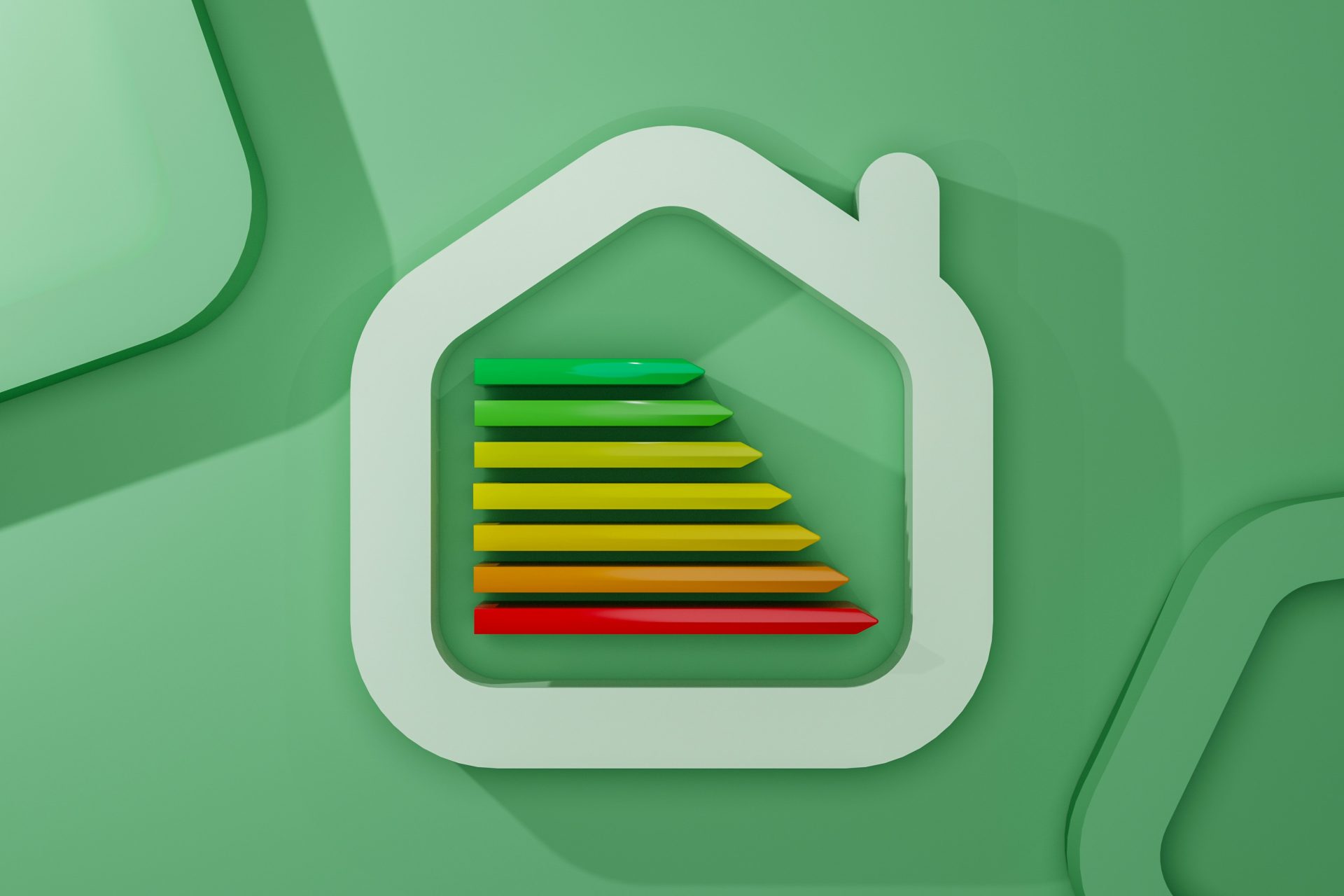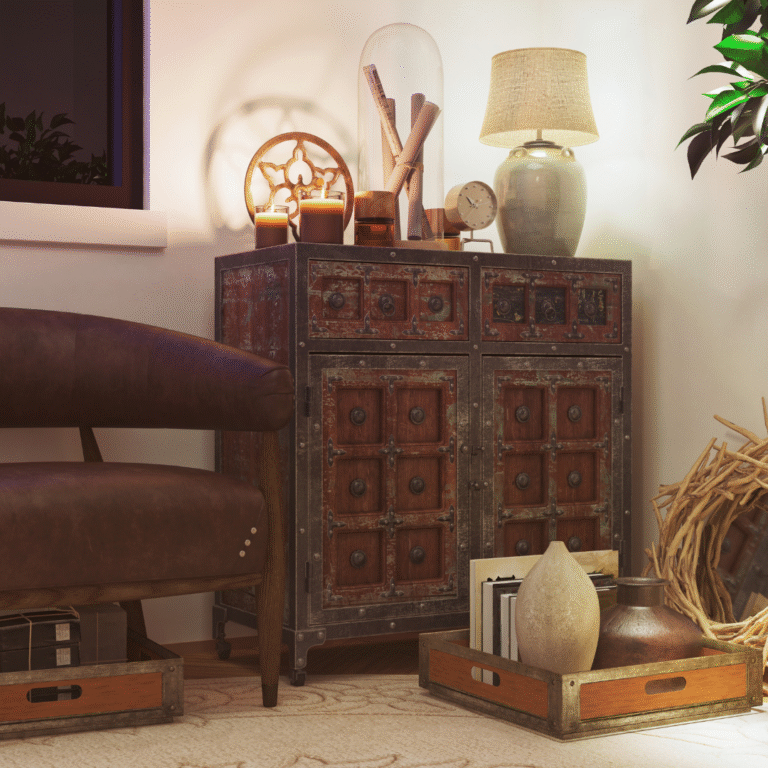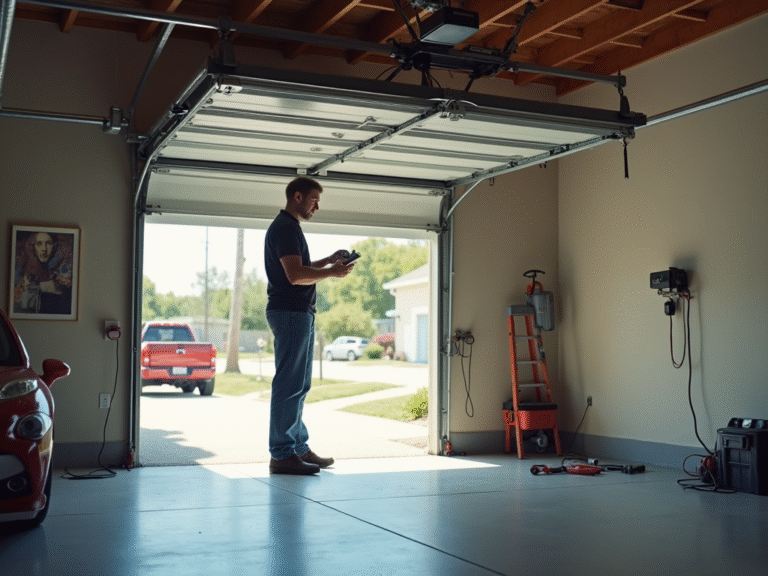Donec efficitur, ligula ut lacinia
viverra, lorem lacus.

The Quiet Problem: When Your AC Works but Your Energy Bills Skyrocket
You step inside after a hot day, the cool air hits your face, and everything feels fine. The AC’s running. You’re comfortable. But then the electricity bill arrives, and it’s anything but comfortable. So what’s going on? If your air conditioning seems to be working, why are your energy bills creeping (or leaping) up?
It’s Not About Whether the AC Is “Working”
Just because your air conditioner is running and blowing cool air doesn’t mean it’s working efficiently. There’s a big difference between a system that functions and one that performs well. Think of it like this: your car might still get you from A to B, but if it’s using way more fuel than it used to, something’s not right. The same goes for your AC. So, if you notice sky-high bills, it’s definitely worth looking for the best air conditioning services Canberra has to offer so you can get to the bottom of the problem.
Where the Energy Creep Begins
A few common culprits can send your energy use soaring without changing how your system feels on the surface. You might not notice them straight away, but they’re quietly adding dollars to your bill every month.
Dirty filters
When filters clog up, airflow drops. That means your system has to work harder, for longer, to push cool air through your home.
Poor insulation
Even if your AC is cooling well, poor insulation lets that precious cool air escape. The result? Your system keeps running to maintain the temperature.
Leaky ducts
You might never see them, but if there are leaks in your ductwork, air isn’t reaching the rooms it’s supposed to. That means longer run times, wasted energy, and uneven cooling.
Low refrigerant
This won’t always stop the system from cooling entirely, but it does reduce efficiency. The AC runs more often than it should, using more electricity to do the same job.
Ageing system
Older units lose efficiency over time, even with regular maintenance. You might not notice a major drop in performance, but your energy use will slowly climb.
The Comfort Trap
Here’s the tricky part: when the house feels fine, you’re less likely to suspect anything’s wrong. That’s why this issue often flies under the radar for months or even years. You might blame rising bills on energy prices. Or assume you’re just using the AC more. But if the pattern sticks around even when usage seems normal, it’s worth looking closer.
Subtle Signs Your AC Is Wasting Power
You don’t need to be an expert to spot trouble. Here are a few signs your AC might be quietly eating up more energy than it should:
- Longer cycles – If the system runs constantly or takes ages to cool the house, that’s a red flag.
- Uneven temperatures – Some rooms too cold, others not cool enough? Could be airflow issues.
- Unusual noises – Buzzing, rattling, or hissing sounds aren’t normal. They may point to strain or leaks.
- Frequent thermostat adjustments – If you’re always nudging the temp to stay comfortable, your system may be struggling.
What You Can Do (That Actually Works)
A few small steps can make a big difference. The goal here isn’t just comfort—it’s long-term efficiency and lower bills.
Book a proper system check
A professional service can uncover things you’d never spot yourself—leaks, worn-out components, or low refrigerant levels. Regular servicing keeps things running as they should.
Check your home’s insulation
Especially in the roof and walls. Good insulation holds in cool air, meaning your AC doesn’t have to work overtime.
Clean or replace filters
Every one to three months is ideal, depending on how much the system is used. It’s a simple task that protects airflow and keeps energy use down.
Seal air leaks
Look around windows, doors, and vents. Tiny gaps add up. Sealing these keeps cool air where it belongs.
Be mindful of settings
Lower isn’t always better. Setting your thermostat just a few degrees higher can reduce energy use significantly without sacrificing comfort.
When a System Upgrade Makes Sense
Sometimes, the most efficient move is to replace an old unit. If your system is more than 10–15 years old and energy use keeps creeping up despite regular maintenance, it might be time to consider a more modern, efficient option.
Yes, it’s an upfront cost—but the savings over time can be worth it, especially if your energy bills have become a sore point.
You Don’t Have to Guess
It’s easy to assume that high bills are just something you have to live with, especially if the AC seems to be working. But the truth is, you don’t have to choose between comfort and cost.
Understanding how your system behaves, spotting the quiet signs of inefficiency, and taking simple steps can make a real difference.



